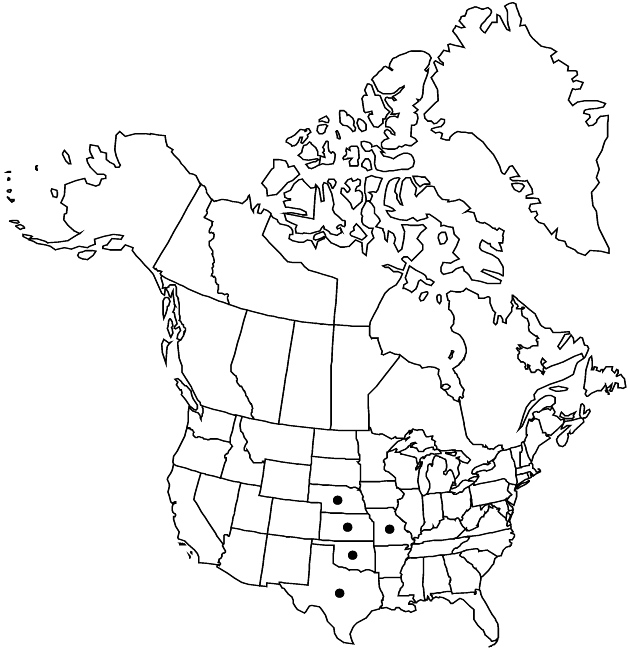Difference between revisions of "Helianthus salicifolius"
Allg. Gartenzeitung 2: 337. 1834.
FNA>Volume Importer |
FNA>Volume Importer |
||
| Line 50: | Line 50: | ||
|publication year=1834 | |publication year=1834 | ||
|special status= | |special status= | ||
| − | |source xml=https://jpend@bitbucket.org/aafc-mbb/fna-data-curation.git/src/ | + | |source xml=https://jpend@bitbucket.org/aafc-mbb/fna-data-curation.git/src/f6b125a955440c0872999024f038d74684f65921/coarse_grained_fna_xml/V19-20-21/V21_397.xml |
|tribe=Asteraceae tribe Heliantheae | |tribe=Asteraceae tribe Heliantheae | ||
|subtribe=Asteraceae (tribe Heliantheae) subtribe Helianthinae | |subtribe=Asteraceae (tribe Heliantheae) subtribe Helianthinae | ||
Revision as of 18:48, 24 September 2019
Perennials, 150–250+ cm (rhizomatous). Stems (green or purplish) erect, glabrous (glaucous). Leaves cauline; alternate; sessile or subsessile; blades linear to lance-linear, 8–21 × 0.2–1.2 cm, bases ± attenuate, margins slightly serrulate to subentire (flat), abaxial faces glabrate, gland-dotted. Heads 6–15+. Peduncles 2–6 cm. Involucres campanulate, 10–18 mm diam. Phyllaries 40–50, linear to lance-linear, 12–20 × 1.8–2 mm, (margins ciliate) apices long-attenuate, abaxial faces glabrous or glabrate, not gland-dotted. Paleae 8–10 mm, entire or weakly 3-toothed (apices greenish, ± hirsute). Ray florets 10–20; laminae 28–35 mm (apices often bifid). Disc florets 50+; corollas 5.5–6 mm, lobes reddish; anthers dark, appendages dark (style branches yellow). Cypselae 4–6 mm, glabrous; pappi of 2 aristate scales 3–3.6 mm plus 2–8 lacerate scales 0.3–0.5 mm. 2n = 34.
Phenology: Flowering late summer–fall.
Habitat: Limestone prairies
Elevation: 100–300 m
Distribution

Kans., Mo., Nebr., Okla., Tex.
Discussion
Helianthus salicifolius is found chiefly in the region of the Ozark Plateau. It is cultivated and may occasionally escape. It was recorded from a single site in Chicago, Illinois, where it has now been extirpated.
Selected References
None.